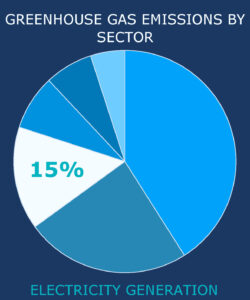California is committed to achieving a greenhouse gas-free electricity grid by 2045. This landmark goal will require the deployment of a significant amount of new renewable energy facilities in the state in coming decades. In particular, the state will likely need to incorporate thousands of megawatts of new solar photovoltaic (solar PV) generation capacity into its electrical grid. The increase in solar PV generation will entail large, new facilities to be located throughout California, bringing both benefits and potential attendant conflicts over their location. County governments, which have primary land use authority over many of these decisions, along with the cities located within their boundaries, will need tools to ensure that community and environmental interests are protected while renewable energy goals are achieved. Landscape-level planning, which identifies priority mitigation and conservation areas in advance of impacts to preserve larger areas of higher habitat quality and connectivity, may be essential to the exercise of that authority in a manner that supports state priorities and environmental conservation.
